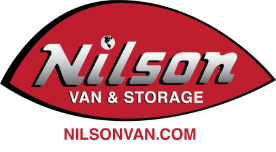
Whether you’re looking at local or long-distance moving, there’s lots of prep and planning involved, but there are big differences between the two. Here are the three major things to know about these two types of moves.
Moving Locally
Local moves are usually within a short distance. Technically a local move is generally within a 30-mile radius. However, local moves often go over that, sometimes up to 75 or even 100 miles, if the city or metro area is large or if it’s in the same state. When it comes to pricing a move, local or intrastate moves are usually by the hour, and the moving company determines the cost based on the number of trucks and movers needed to do the job.
Long Distance Moving
Interstate and cross-country moves are generally when moving to another state, usually 100 miles or more. Pricing for long-distance moves bases the estimate on the weight and size of the items going on the truck and additional insurance, gas prices, distance, and the number of trucks and movers needed.
Packing and Loading
In addition to price differences, moving local vs. long-distance also differs when it comes to packing and loading. Local moves tend to take place over one or two days, going short distances with items spending minimal time in transit. Movers still pack and load securely. However, long-distance moving requires greater consideration of how the load will shift and move as it travels across the country over many days.
Whether you’re planning to move a short distance or are facing long-distance moving, having the right team in your corner can make all the difference. Contact Nilson Van and Storage for all the move information you need and to get a free quote on your move.





